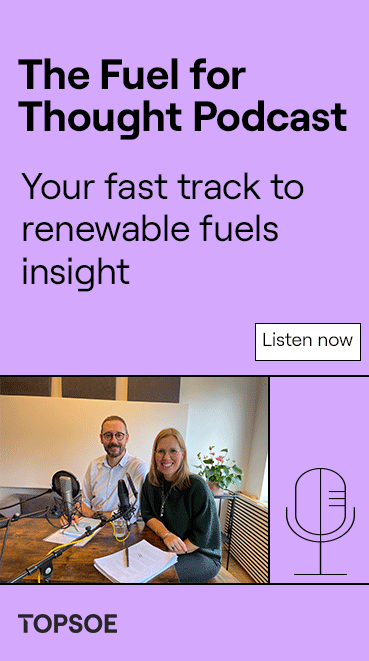OXCCU raises $28 million in Series B funding to scale SAF from waste carbon
- OXCCU
- Sep 30
- 2 min read

OXCCU, the Oxford University spin-out developing a one-step process to convert waste carbon into sustainable aviation fuel (SAF), has raised £20.75 million (USD$28 million) in an oversubscribed Series B funding round.
The round includes new investors Orlen VC, Safran Corporate Ventures, International Airlines Group, Hostplus and TCVC, alongside continued support from existing backers Clean Energy Ventures, IP Group/Kiko Ventures, Aramco Ventures, Eni Next, Braavos Capital and the University of Oxford.
This new capital will enable OXCCU to accelerate its commercialization efforts, expand its operations and advance its next phase of technology scale up.
It builds on the launch of the company’s OX1 demonstration plant at London Oxford Airport in 2024.
Its second demonstration plant, OX2, is underway and will be fully operational in 2026.
The announcement comes at a time of growing regulatory momentum and market demand for sustainable fuels.
Despite mandates such as the U.K. SAF mandate and ReFuelEU, however, high production costs remain a major barrier to widespread adoption.
“In a market where capital is tight and investors are rightly selective, this raise is a testament to the strength of our science, the clarity of our mission and the urgency of the problem we’re solving,” said Andrew Symes, CEO of OXCCU. “What we’re seeing is that serious players with truly distinctive technologies are still getting funded.”
The funding reflects increasing recognition that driving down SAF production costs is critical to unlocking aviation decarbonization at scale.
OXCCU said its process simplifies SAF production pathways by eliminating the need for reverse water gas shift or eMethanol steps.
Instead, its patented iron-based catalyst enables the direct synthesis of jet-fuel-range hydrocarbons from gaseous waste carbon in a single exothermic reaction.
This reduces capital and operating costs, and reduces the carbon intensity of the fuel, according to OXCCU.
The catalyst’s ability to operate with a wide range of carbon dioxide, carbon monoxide and hydrogen input-gas compositions gives it the flexibility to efficiently convert different feedstocks such as reformed biogas, gasified wood waste and pure carbon dioxide with hydrogen.
“We recognize the need for the world to achieve net-zero emissions by 2050 and for the aviation sector to play its part and to develop sustainably,” said Jonathon Counsell, group sustainability director at International Airlines Group. “IAG has been a leader in the sector, being the first airline group globally to commit to net zero by 2050. We are further committed to our goal of meeting 10 percent of our fuel needs with SAF by 2030. Meeting these goals will be supported by this investment into OXCCU, which is part of our strategy of developing new partnerships to produce next-generation fuels.”


































